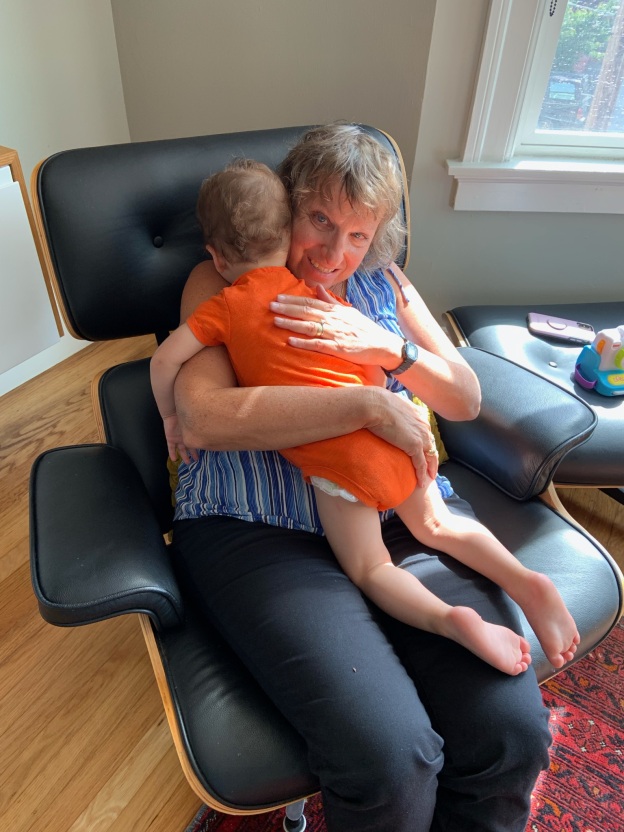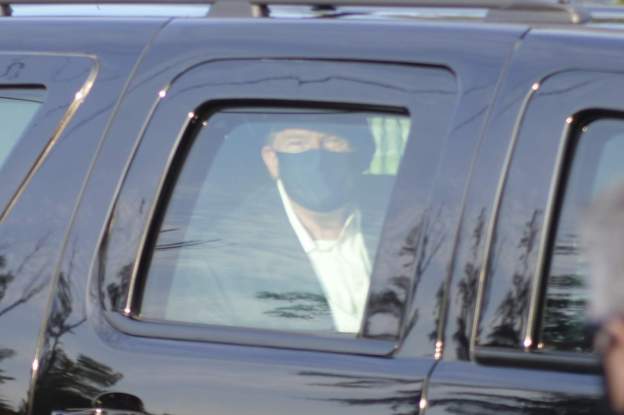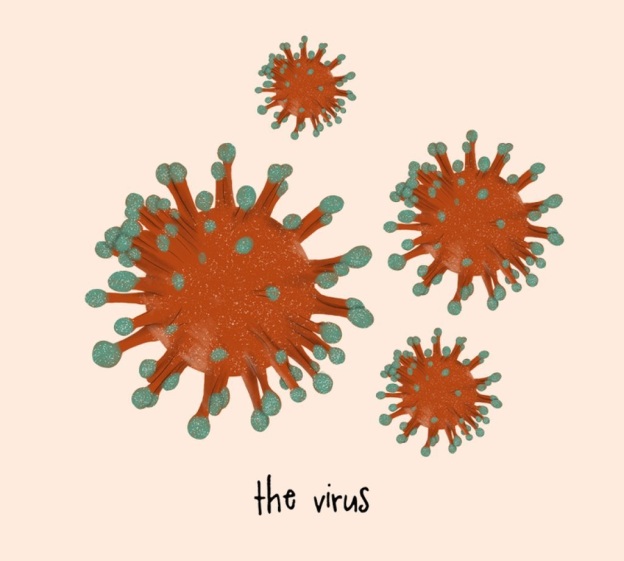Yiddish may be one of the world’s more obscure language, but it has given us words which are no less than perfect. Someone may have “nerve,” but chutzpah reflects a shameless audacity that says it better. Being a “good person” is nice, but being a mensch brings that individual to a high level of honor, integrity, kindness, and admiration. One can complain, but when one “kvetches,” he also adds a layer of whining and fretting that really captures the moment.
Another word that Yiddish does best is farklempt, overcome with emotion. I can count on one hand how many times I have ever needed to use this word or felt its power. The day I held our newborn son. Three years later, when I held our daughter. And six years ago, when I lay eyes on my two-hour-old granddaughter. And now, I can use it again: When we were finally able to hold our grandson for the first time.
Our grandson as born in March 2020, a few days before the world closed down due to the pandemic. My husband Larry and I were on Indian Rocks Beach, Florida, with my daughter Julie, her husband Sam and our granddaughter when our daughter-in law-Sarah went into labor in a San Francisco hospital. Our son Adam announced their newborn’s official arrival late that night via phone calls and texted pictures.
By the time Julie and her family flew back to Colorado later that week, the impact of COVID-19 on our lives exploded. We promised our children that we would “stay safe” and shelter-in-place. Larry and I had made reservations to fly out to California later in the month, but we had no choice but to cancel and wait until things improved. Little did we know at that time that that wait would stretch out for over 15 months.
Thanks to social media, we got to see a great deal of our “San Francisco Kid.” Adam and Sarah called frequently and focused the camera on our beautiful new grandchild so we could watch him sleeping, nursing, bathing. Then, as the months dragged on, we saw him learning to crawl, learning to walk, speaking his first words. But we were unable to hold him in our arms.
Larry and I tried to repeat certain rituals so that our grandchild would know us. Each time we connected, I would sing “The Wheels on the Bus.” As the months progressed, I went beyond blinkers going “left right stop” and coins going “clink clank clink.” I introduced dogs barking and ducks quaking and pigs oinking and cows mooing, “Isn’t that crazy?” I would ask him 3000 miles away. “Ducks and pigs and cows on a bus??”Larry, meanwhile, would move two fingers against his lips and say, “Bu bu bu ba!”
By the time our plane landed in SFA in mid-June, Larry and I were beyond excited and also a little nervous. How would our grandchild react to these two people whom he had only seen on a small screen. Would he cry? Turn away? After hugging my daughter-in-law Sarah until she couldn’t breathe, Larry climbed in front of the Honda Civic with Sarah, and I tucked in the back next to our grandson’s car seat. He looked at me as if to say, “Who is this lady?” I gently touched his arm, but he pulled it away. I softly started singing “The wheels on the bus go round and round, round and round, round and round…” His eyes got big, and he burst out into a huge smile. And Larry? As soon as we got out of the car, Larry lifted him out of the car, held him with one arm, and with the other hand, did his “Bu bu bu ba! routine.”The baby laughed and, for the first time ever, imitated Zayde perfectly. Our grandchild knew us both.
Our visit has been Grandparent Heaven. It has been filled with hugs; “besos for bebe” (kisses for baby!) in honor of his Hispanic caregiver; beautiful smiles; hours reading Go Dog Go and Brown Bear, Bear, Who Do You See?; innumerable playings of songs by Rafi; multiple trips to city parks;a special day at the San Francisco zoo; and a few very precious baby sitting stints. As promised, I even pulled off two Shabbat dinners with fresh baked challahs and candle lighting via Zoom with the rest of our family.
Soon Larry and I will be heading for our second “farklempt” moment. We will be flying to Colorado to be united with Julie, Sam and our granddaughter, again over fifteen months in the making. Yes, we have spent hours and hours on FaceTime with our Rocky Mountain family, but I will be overcome with emotion when I can finally hold them in our arms.
Through the past year, Larry and I have said again and again how grateful we were for our physical, financial, and financial health. But again and again, what we missed most was family. The next step will be getting all eight of us under one roof. That moment will be for me the end of this long, difficult time. Until then, I will savor our time with our family, time that has become even more precious, more important, and more cherished after so long deprived.
A version of this article originally appeared in the Jewish World News, a bi-weekly subscription-based newspaper in upstate New York.









